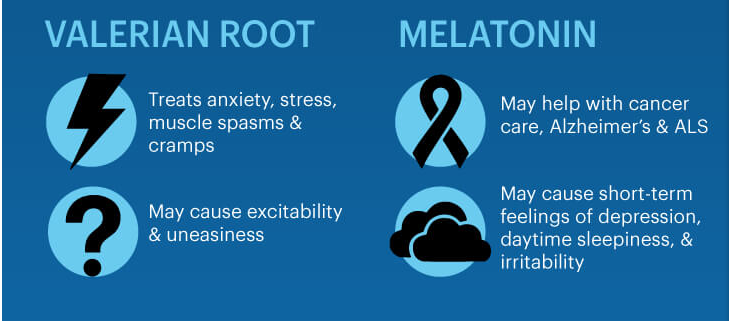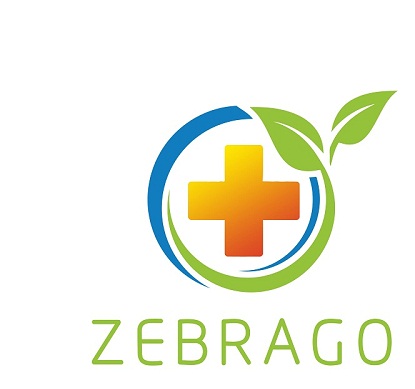News
Valerian vs. Melatonin
Usually, this occurs around 9:00 p.m. As a result, melatonin levels in the blood rise sharply and you begin to feel less alert. Sleep becomes more inviting. Melatonin levels in the blood stay elevated for about 12 hours — all through the night — before the light of a new day when they fall back to low daytime levels by about 9:00 a.m. Daytime levels of melatonin are barely detectable. Low melatonin levels are linked to insomnia.
Valerian is a sedative herb that has been used for centuries for the treatment of insomnia. Because valerian increases GABA levels in the brain, it helps reduce brain activity and allow users to fall asleep more easily.
Benefits:
- Both melatonin and valerian are used to treat insomnia and sleep issues. Both have shown positive effects on blood pressure.
- Valerian is also recommended to treat anxiety, stress, muscular spasms and cramps.
- Melatonin is being investigated to help with cancer care (improve response rates, survival time and quality of life). Melatonin also shows promise for Alzheimer’s disease (AD) and amyotrophic lateral sclerosis (ALS, also known as Lou Gehrig’s disease).
Possible Valerian Side Effects:
- Valerian — headache, dizziness, stomach problems, excitability, uneasiness
Possible Melatonin Side Effects:
- Melatonin — headache, short-term feelings of depression, daytime sleepiness, dizziness, stomach cramps, irritability







